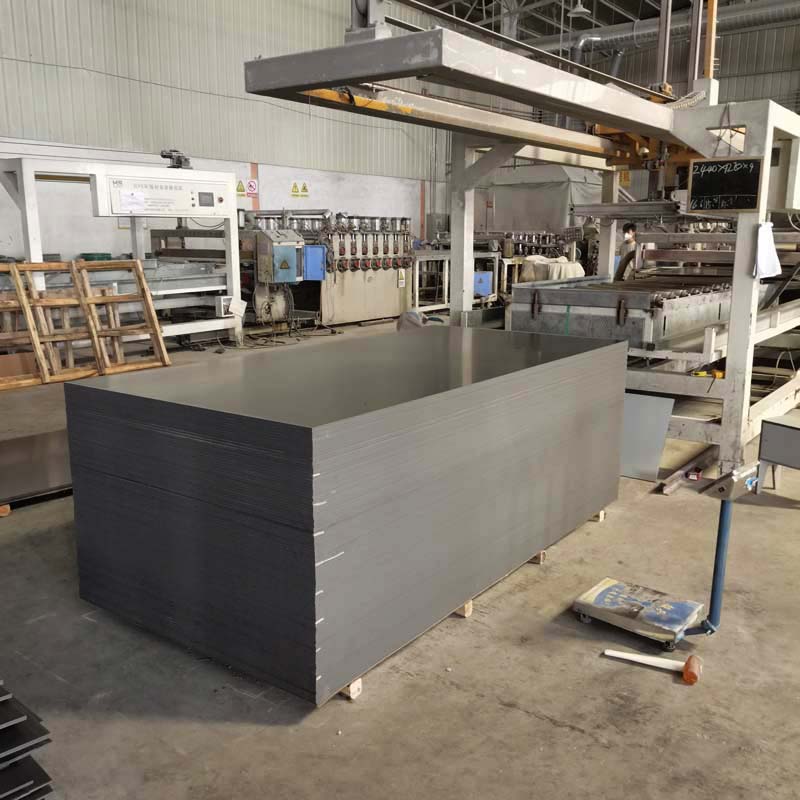If you’re looking for a way to add a touch of eco-friendliness and style to your home, bamboo ceiling panels are an excellent option. Not only are they a sustainable alternative to traditional ceiling materials, but they also offer a unique and beautiful look that can complement any décor.
What are bamboo ceiling panels?
Bamboo ceiling panels are made from thin strips of bamboo that are bonded together to form large sheets. The panels are typically designed to be installed in a grid pattern, similar to traditional ceiling tiles, and can be used to cover an entire ceiling or just a portion of it. They come in a range of styles, from natural to stained or painted, so you can choose the look that best suits your home.
Why choose bamboo ceiling panels?
There are several reasons to choose bamboo ceiling panels for your home. Here are just a few:
Sustainability: Bamboo is a highly renewable resource that grows quickly and requires minimal resources to harvest and process. Unlike traditional wood ceiling materials, which can take decades to regrow, bamboo can be harvested every 3-5 years without damaging the plant.
Durability: Bamboo is a strong and durable material that is resistant to moisture, insects, and warping. This makes it an excellent choice for areas of the home that are prone to humidity, such as bathrooms and kitchens.
Style: Bamboo ceiling panels offer a unique and stylish look that can add a touch of natural elegance to any room. Whether you prefer a natural or stained finish, bamboo panels can be customized to fit your décor.
Installation: Bamboo ceiling panels are easy to install and can be cut to fit any size or shape of ceiling. They can also be installed over existing ceiling tiles, making the process quick and hassle-free.
Maintenance: Bamboo ceiling panels are easy to maintain and can be cleaned with a damp cloth or vacuumed to remove dust and debris. They also require no special treatments or coatings to maintain their durability.

Where to use bamboo ceiling panels?
Bamboo ceiling panels can be used in a variety of settings, from residential to commercial. Here are just a few places where they can make a statement:
Living room: Use bamboo ceiling panels to add warmth and texture to a living room ceiling. They can be left natural or stained to match the color scheme of the room.
Kitchen: Bamboo ceiling panels are a great option for a kitchen ceiling, where humidity and moisture can be a problem. They can be easily cleaned and will resist warping and damage.
Bathroom: Bamboo ceiling panels can add a touch of spa-like luxury to a bathroom. They are moisture-resistant and easy to clean, making them a practical and stylish choice.
Office: Use bamboo ceiling panels in a home office or commercial space to promote a sustainable and eco-friendly image. They can also add a unique and stylish touch that sets your space apart.
In conclusion, bamboo ceiling panels are a sustainable and stylish alternative to traditional ceiling materials. They offer a range of benefits, from durability and ease of installation to unique style and eco-friendliness. If you’re looking to add a touch of natural elegance to your home, bamboo ceiling panels are an excellent option to consider.
Previous: PVC Sheet Panel: The Ideal Solution for Your Interior Design Needs
Next: Using Wood Cribbing Blocks for Safe and Secure Lifting and Support

PVC foam board (wbt04)
1.product description PVC foam board is also called Chevron board or Andy board, its chemical composition is polyvinyl chloride, so it is also called foamed polyvinyl chloride board. It is widely used in passenger cars, train car roofs, box core laye...

PVC partition board (wbt540)
1. Product description PVC partition board, also known as foamed polyvinyl chloride board, has the characteristics of moisture resistance, heat preservation and corrosion resistance, light texture but high hardness, which is not easy to scratch and a...

PVC partition board (wbt510)
1. Product description PVC partition board, also known as foamed polyvinyl chloride board, has the characteristics of moisture resistance, heat preservation and corrosion resistance, light texture but high hardness, which is not easy to scratch and a...

PVC siding (wbt240)
PVC siding is a type of exterior cladding that is made from polyvinyl chloride, also known as PVC. It is a popular and durable option for homeowners who are seeking an alternative to traditional materials such as wood or brick. PVC siding is availabl...